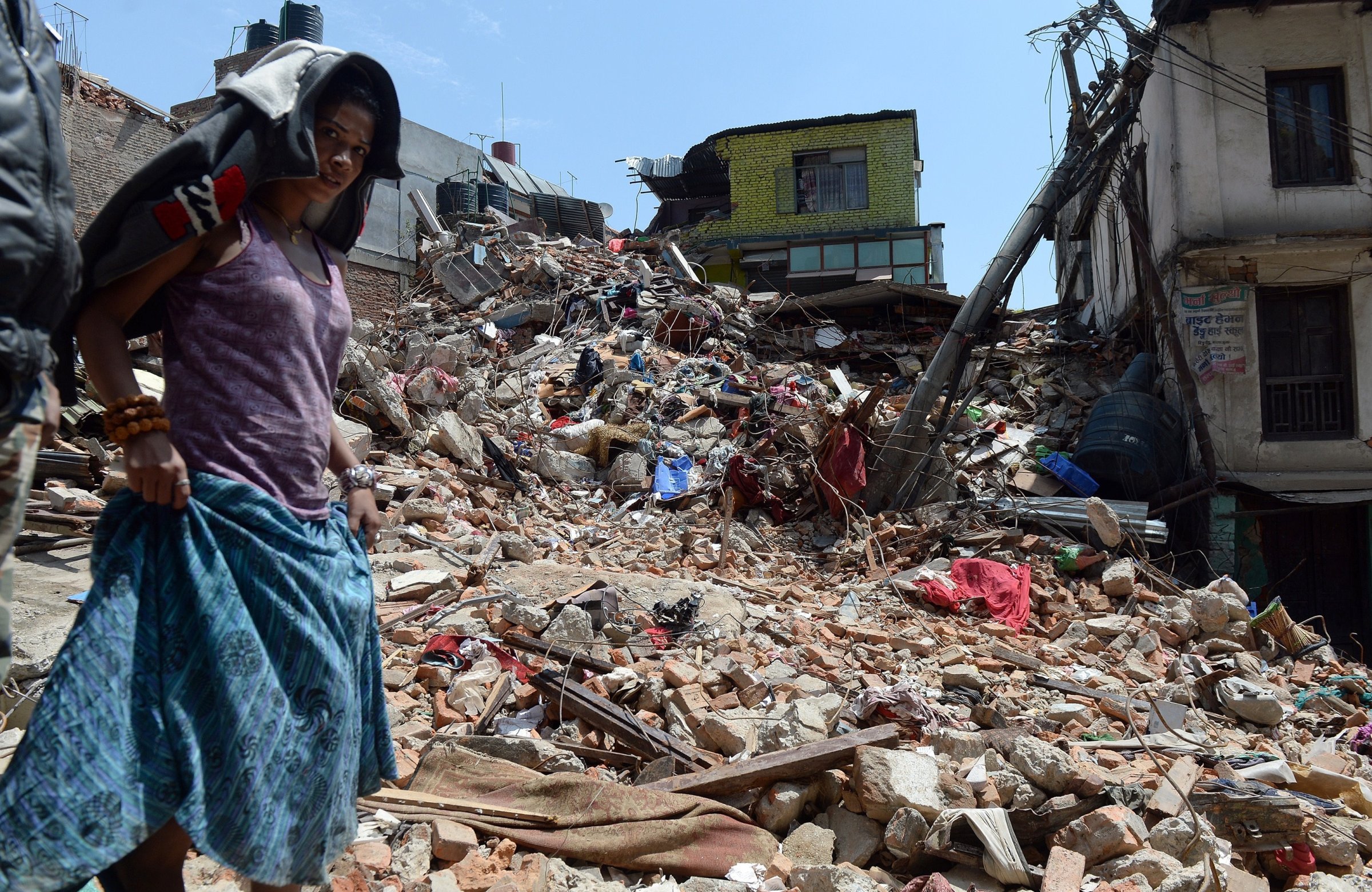
On Sunday, Urmila Ghale, a 27-year-old Nepali woman working in Hong Kong’s construction sector, had only a few minutes to answer a call from her injured brother. He relayed the news that five members of her family had died in Nepal’s Gurkha district, near the epicenter of the 7.8-magnitude earthquake.
Several other members of Ghale’s family in her remote village, Manbu, remain unaccounted for, as the area remains difficult to access. “There are no roads and no hospitals there,” Ghale tells TIME. “I’m just waiting for any information at all.”
Now Ghale, like many other members of the approximately 6 million-strong Nepali diaspora, is scrambling to book a ticket home. Given that nearly half of all Nepali households send members to work overseas, expatriate Nepalis from the Middle East to East Asia have spent the past few days in a state of panic — most only able to get notifications from loved ones through short phone calls.
“It’s a maximum of couple of minutes. You don’t have a long chat. As soon as you find out they are O.K., the call shuts off,” says Teg Malla, a spokesperson for the Nepal Youth Foundation in Hong Kong.
Up to 25,000 Nepalis live in China’s most international city, according to the consulate general of Nepal. The majority are descended from the servicemen of the Brigade of Gurkhas that was stationed in Hong Kong when it was a British colony. That historical connection is unique, as is the community’s visibility. There are more Nepalis in the U.K. — some 42,000 — but they are absorbed into a general population of 64 million. The same goes for the 60,000 Nepalis in the U.S., dwarfed by the population of 318 million, or even the hundreds of thousands of Nepalis in India, lost amid the 1.25 billion members of their host country.
Hong Kong, however, has a population of just 7 million, and by virtue of its prominence in the service, hospitality and construction centers, as well as its residential concentration in the Kowloon peninsula, the Nepali community here is noticeable in a way that occurs in few other locations around the world. The only other comparisons might be the United Arab Emirates, where the population of some 9.3 million includes around 125,000 Nepalis, or Bahrain and Oman where the Nepali communities are large and growing relative to small local populations.
According to Non-Resident Nepali Association Hong Kong president Durga Bahadur Gurung, the local community has already organized through Nepal Airlines to send an emergency shipment of 1,500 blankets, 1,000 torches and 3,000 batteries to Kathmandu.
“It was a quick decision within our community. Yesterday we had a meeting of the main Nepali leaders and the Nepali consulate to send the initial relief items,” Gurung says.
But with downed power lines and torn-up roads to contend with, 29-year-old Tenzing Rai tells TIME that he is unsure if relief will make it to the communities at highest risk. Rai has been a volunteer for the Hong Kong branch of Nepal Share, making trips to Nepal’s remotest regions each winter and bringing thousands of blankets and items of clothing each time for underserved villages.
Hong Kong’s Nepali domestic workers, many of whom are from impoverished rural areas, face similar logistical hurdles contacting loved ones: “Some of the Nepali domestic helpers have not been able to get in touch with the families in the remote areas at the epicenter of the earthquake,” says Mudita Bajracharya, consul from the Nepali consulate general in Hong Kong. “They have been trying to call, but when they cannot get in touch with their family members, they call us. We tried to get the Ministry of Foreign Affairs back in Nepal, but it’s not easy to find out about individuals.”
Aruna Rana, a Nepali shop owner in Hong Kong, is starting her own initiative, collecting parcels of clothes to distribute to quake-affected Nepalis. After talking to her grandmother and sister-in-law, both of whom slept in the open in Kathmandu on Sunday for fear of aftershocks, she realized warm garments were in high demand.
“There is a 100% lack of everything in Nepal,” Rana tells TIME. “It’s heartbreaking. We never had this kind of destruction in Nepal in my life. I feel helpless to do anything.”
Death Toll Climbs as Nepal Digs Out After Massive Quake
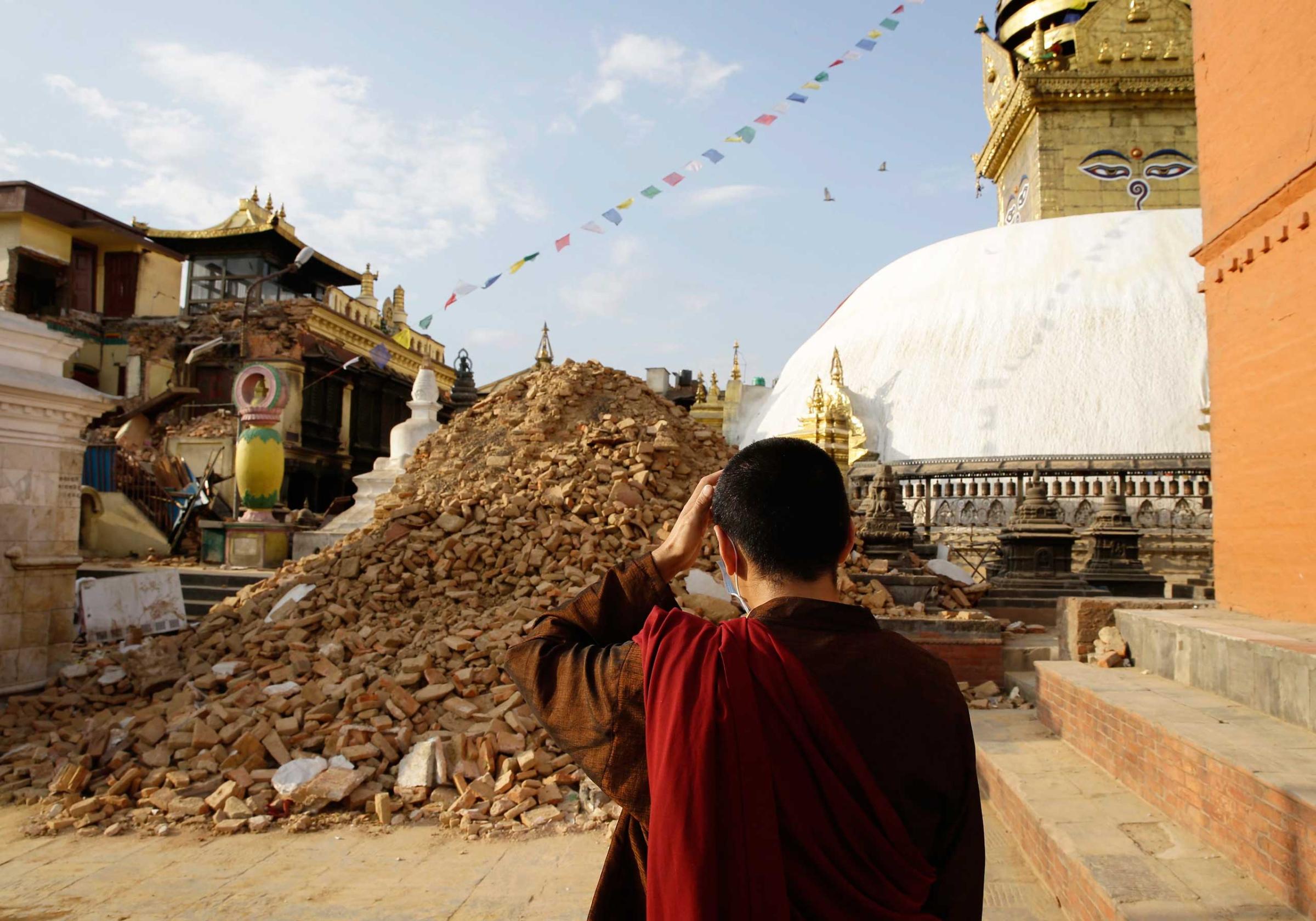

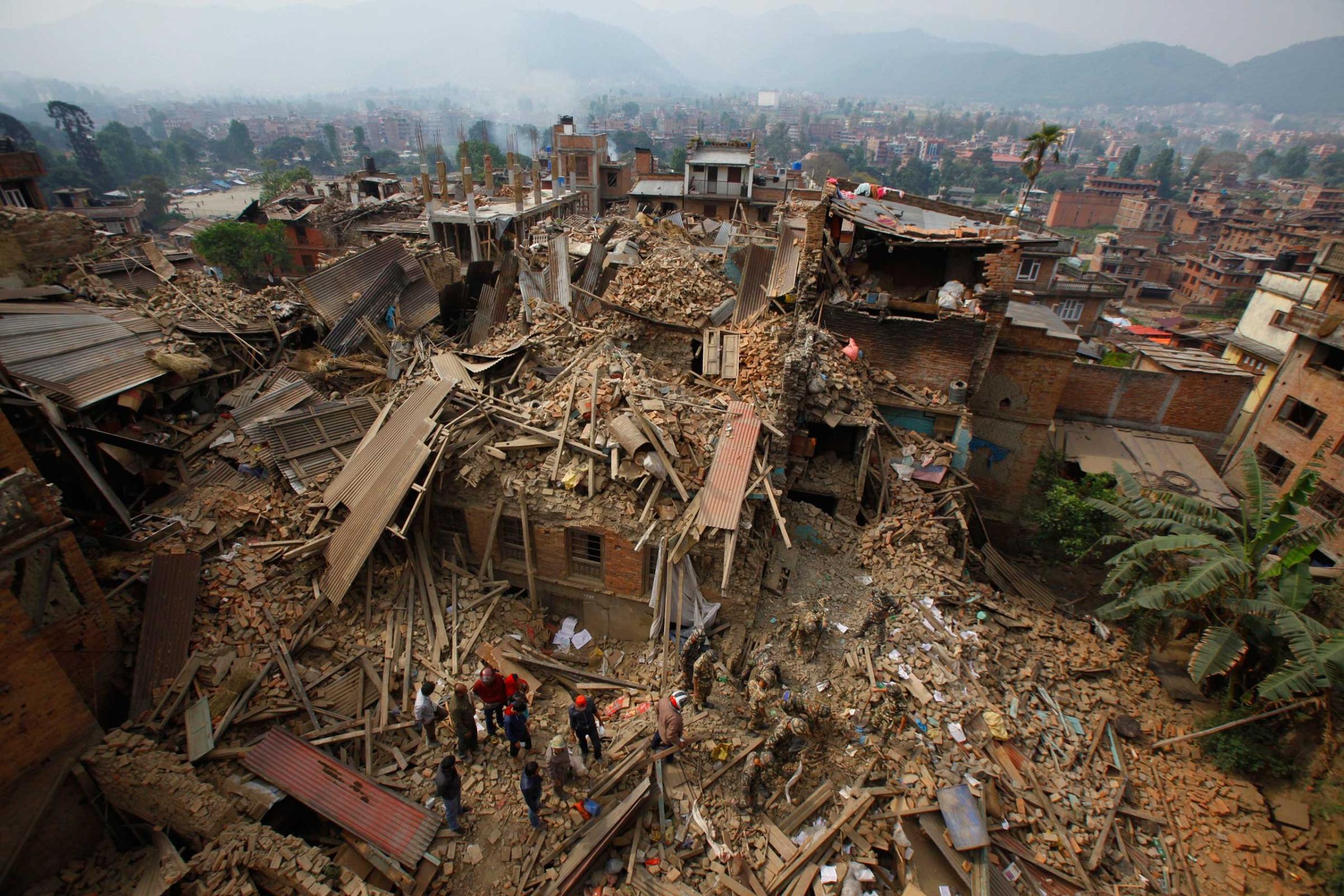
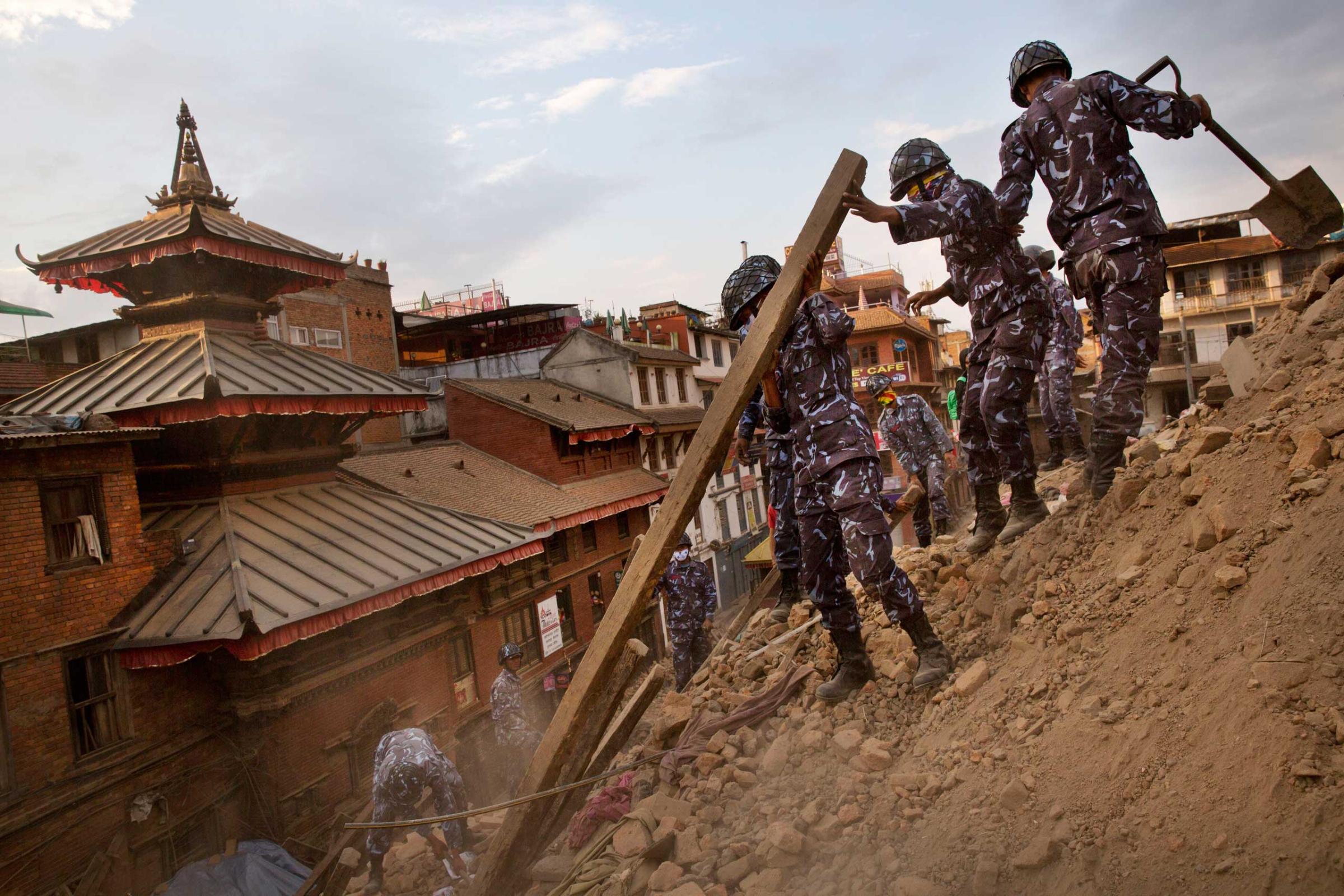
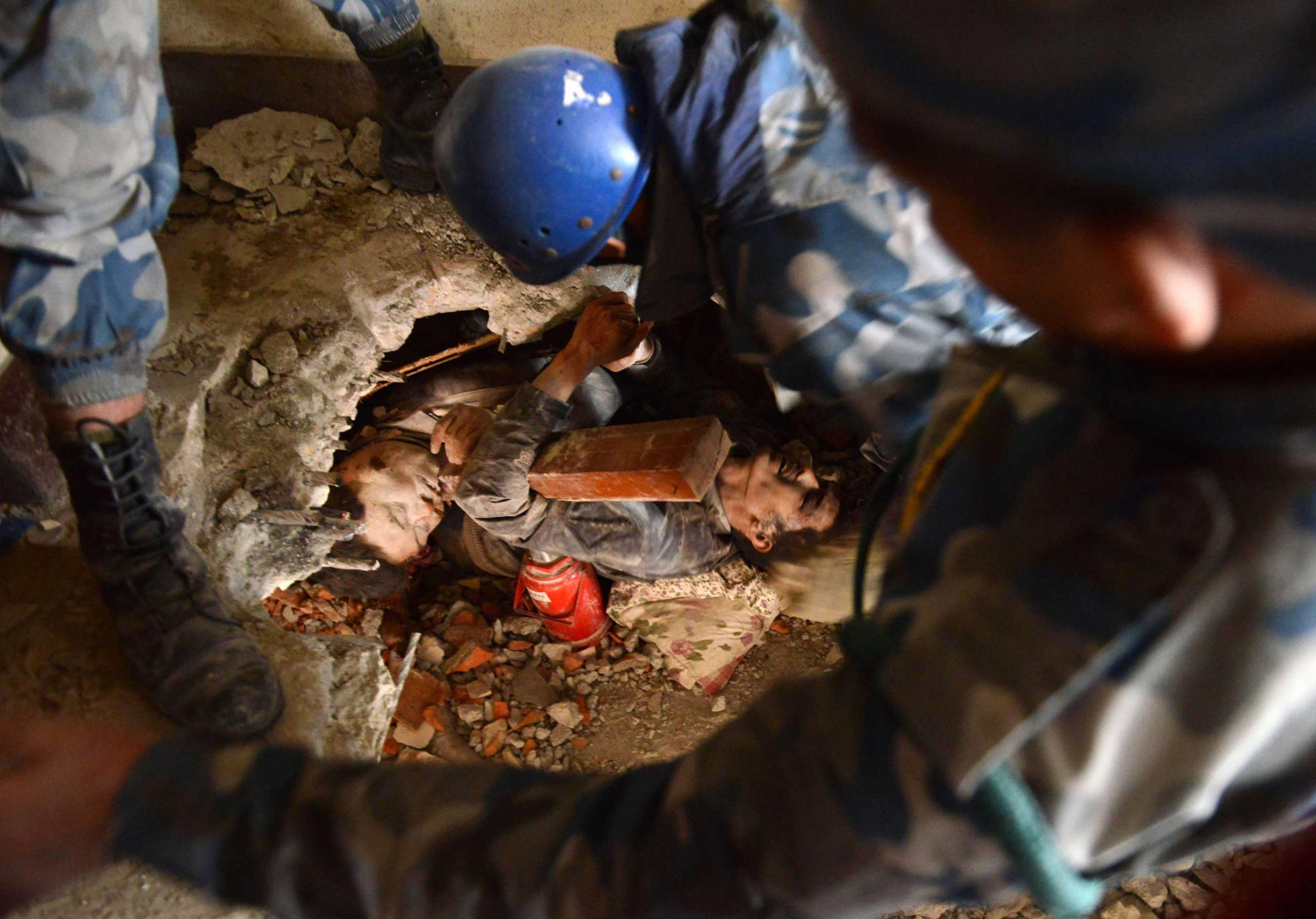

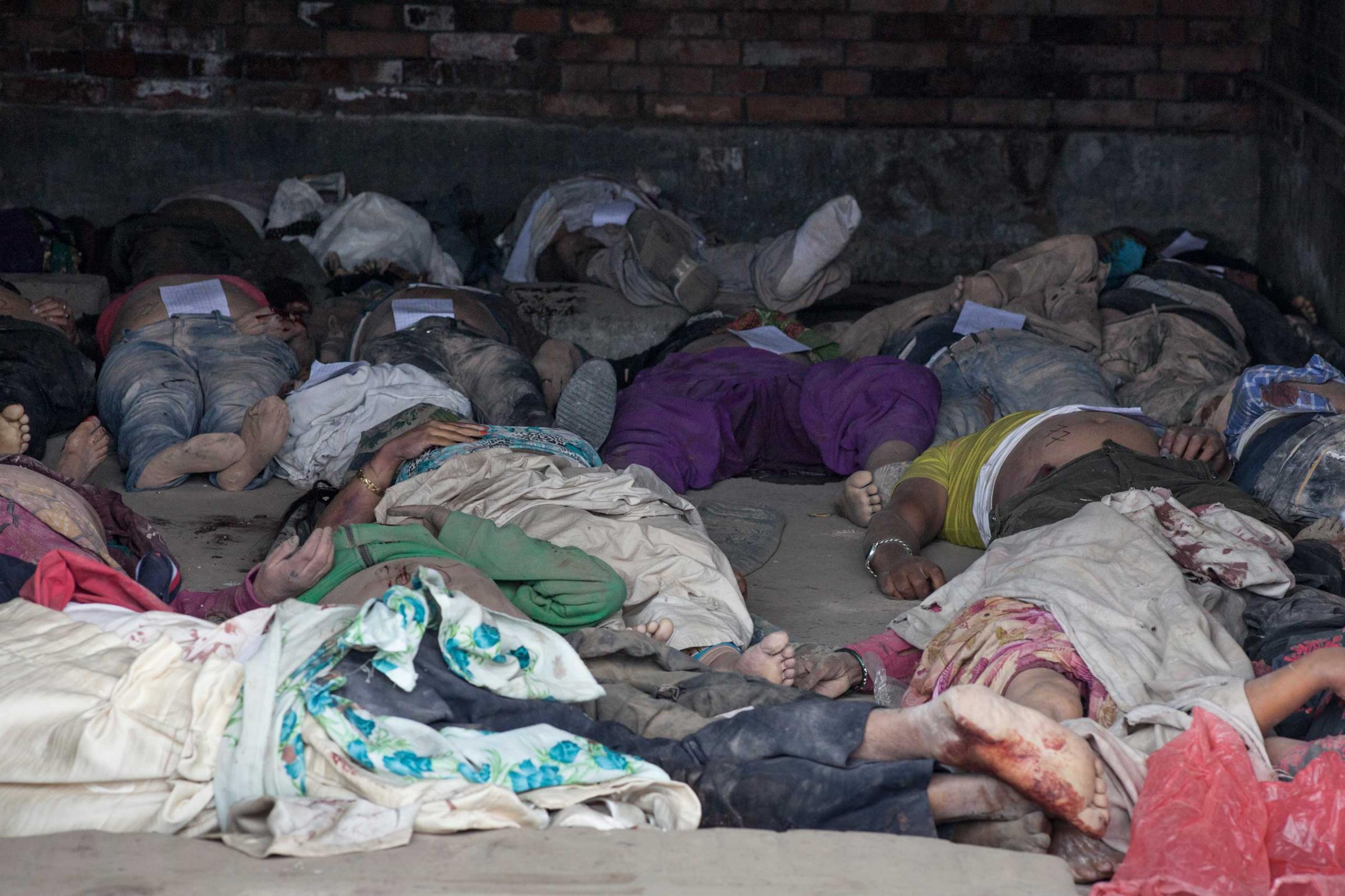
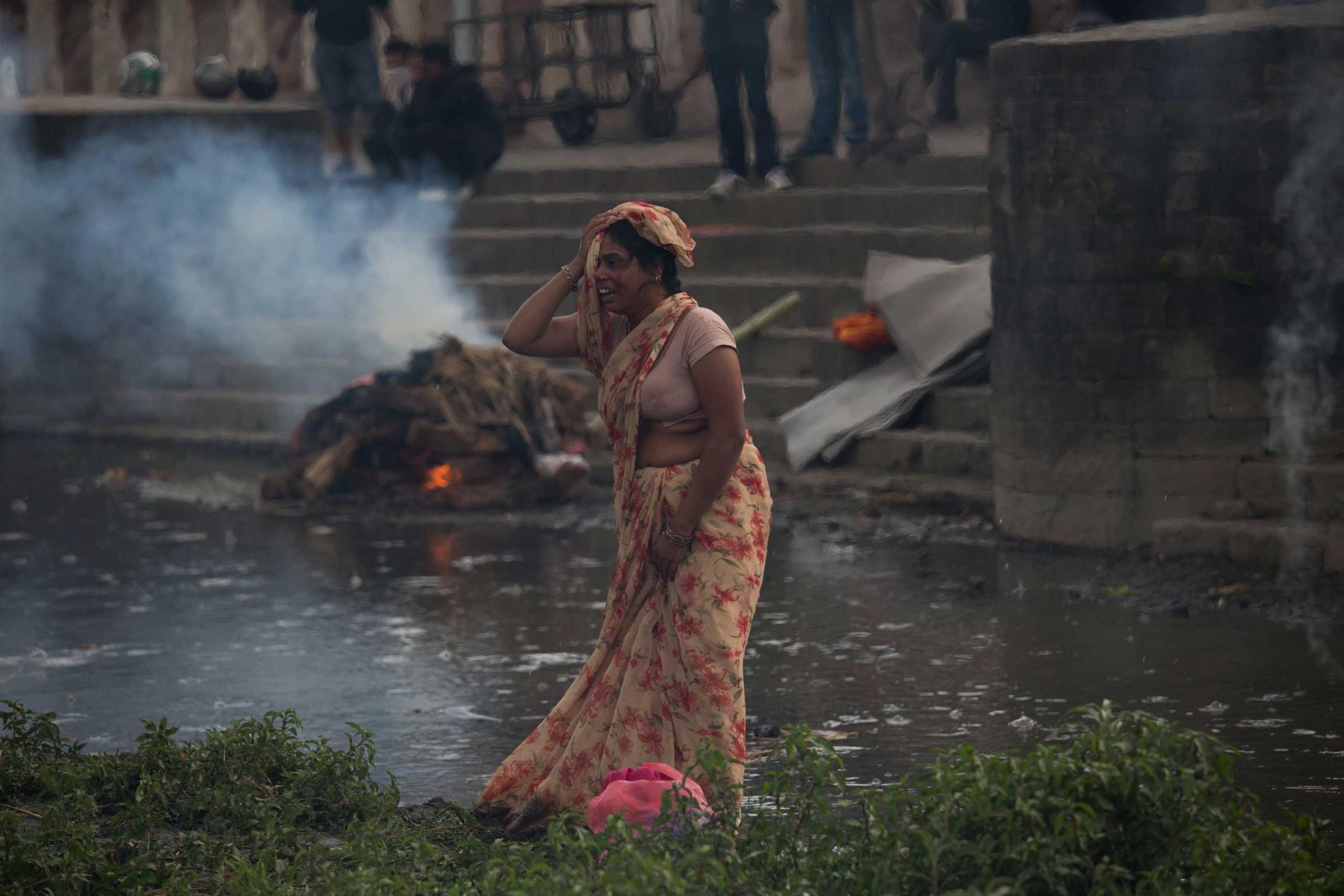

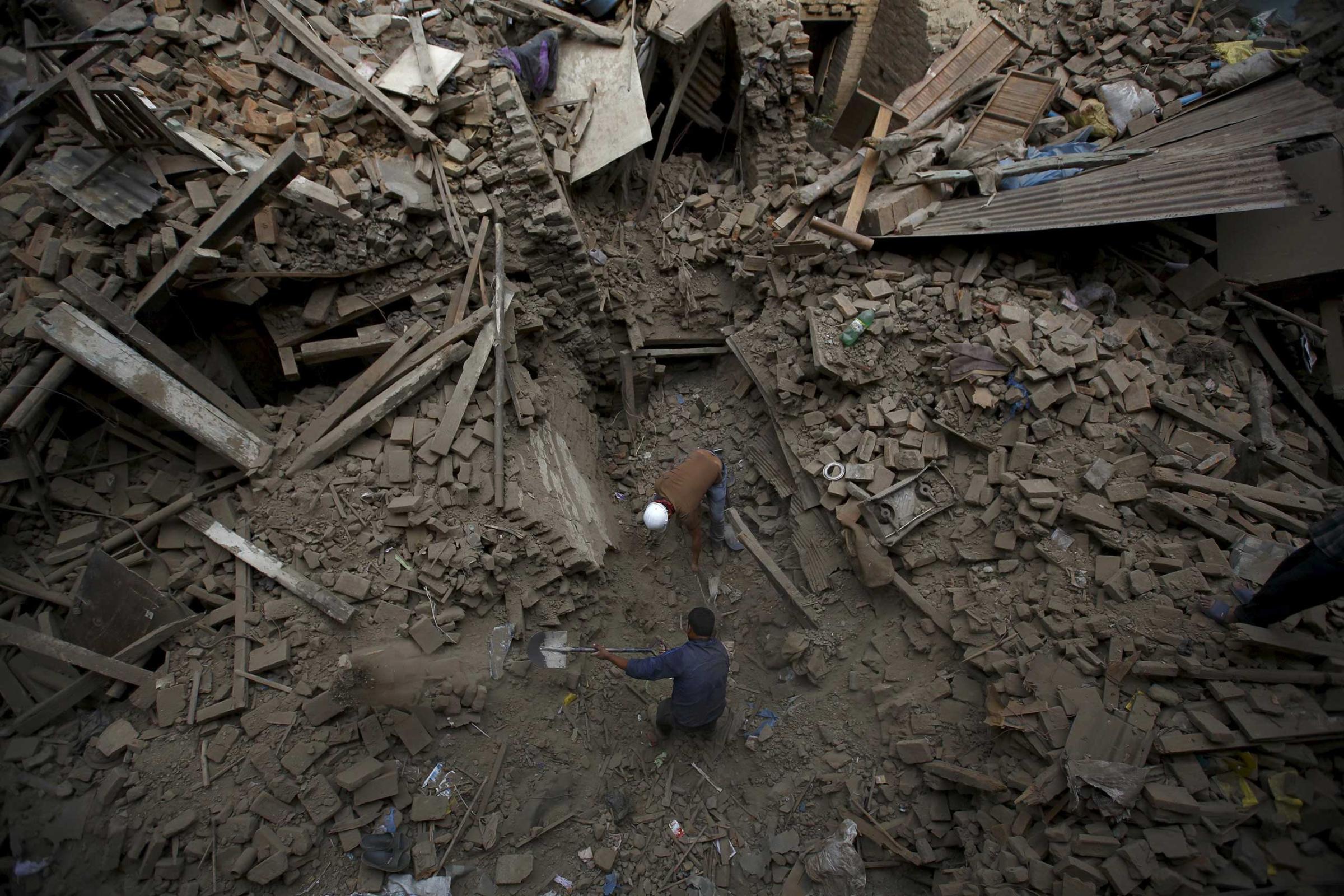

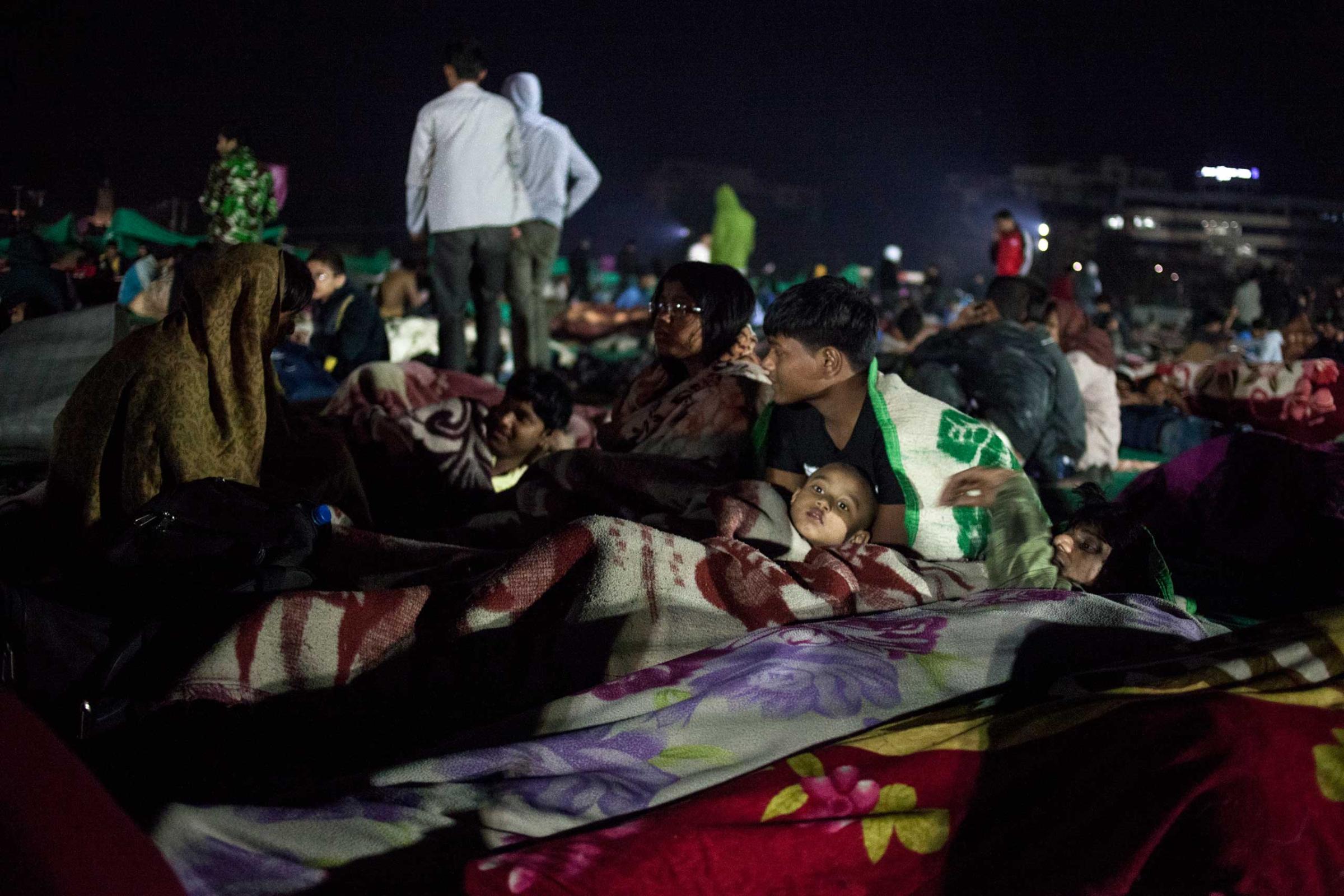
More Must-Reads from TIME
- Why Trump’s Message Worked on Latino Men
- What Trump’s Win Could Mean for Housing
- The 100 Must-Read Books of 2024
- Sleep Doctors Share the 1 Tip That’s Changed Their Lives
- Column: Let’s Bring Back Romance
- What It’s Like to Have Long COVID As a Kid
- FX’s Say Nothing Is the Must-Watch Political Thriller of 2024
- Merle Bombardieri Is Helping People Make the Baby Decision
Contact us at letters@time.com